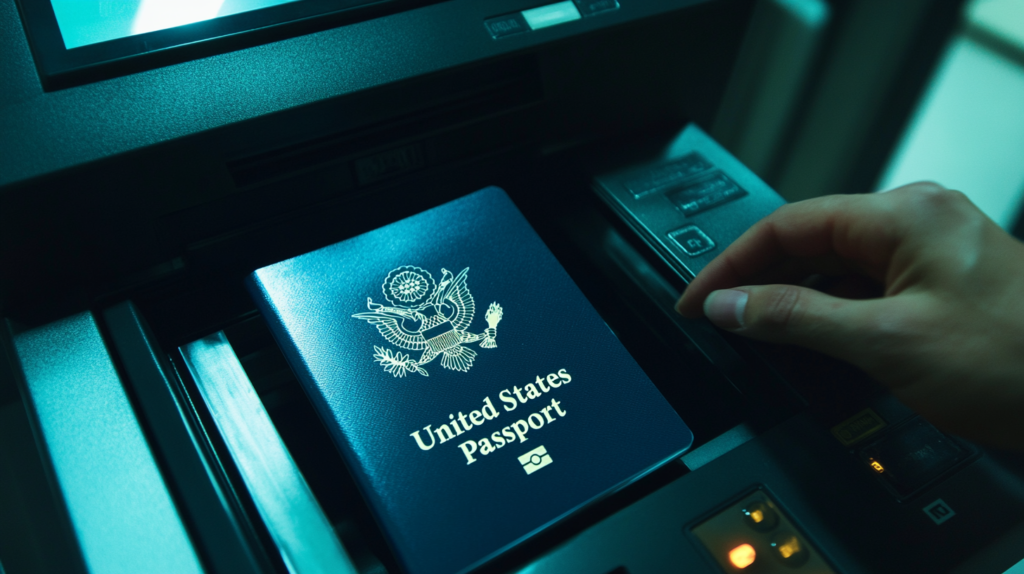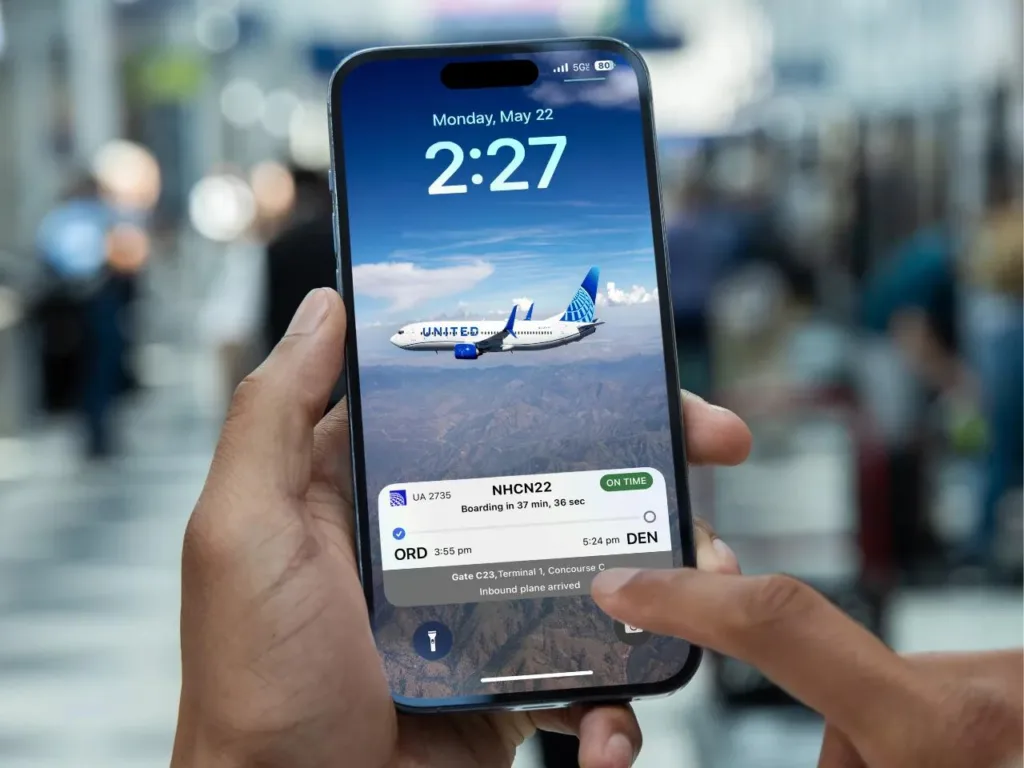
I Lost My Passport… What Now?
Traveling abroad opens doors to unforgettable experiences, but amidst the excitement, losing your passport can be a traveler’s worst nightmare. It’s a scenario that can cause immediate panic, but with the right knowledge and a calm approach, you can resolve the situation efficiently. This comprehensive guide will walk you through the crucial steps to take if you find yourself passport-less in a foreign country, how to expedite an emergency replacement, and practical tips to prevent such mishaps in the future. Let’s turn a potential crisis into a manageable hiccup on your journey.

Immediate Steps to Take When You Lose Your Passport
Stay Calm and Retrace Your Steps
The moment you realize your passport is missing, it’s essential to stay calm. Panicking won’t help; instead, take a deep breath and think logically. Start by retracing your steps methodically. Consider all the places you’ve visited in the last 24 hours—your hotel room, restaurants, tourist attractions, or transportation hubs. Sometimes, passports can slip out of bags or pockets unnoticed. Contact any places where you might have left it, such as the hotel reception, airline lost and found, or tour operators.

Report the Loss to Local Authorities
If your search doesn’t yield results, it’s crucial to report the loss to the local police as soon as possible. Filing a police report creates an official record of the incident, which is often required when applying for a replacement passport at your embassy or consulate. Be prepared to provide detailed information about where and when you believe the passport was lost or stolen. Always request a copy of the police report for your records and future reference.
Contact Your Country’s Nearest Embassy or Consulate
Your next step is to reach out to your country’s nearest embassy or consulate. They are there to assist citizens in distress, including those who have lost their passports. Visit their official website to find contact information and any specific instructions for your situation. For example, U.S. citizens can find all embassy details at the official US Embassy – Department of State website, while UK citizens can visit the UK World Embassy website . Schedule an appointment if required and prepare to visit in person to initiate the replacement process.

Protect Your Identity
A lost passport isn’t just an inconvenience; it poses a risk of identity theft. To safeguard your personal information, inform your bank and credit card companies about the lost passport. They can monitor your accounts for any unusual activity and take preventive measures. Consider setting up fraud alerts through your financial institutions or credit bureaus. Additionally, be cautious of any unsolicited communications requesting personal information in the aftermath of losing your passport.
How to Apply for an Emergency Passport
Gather Required Documentation
When applying for an emergency or temporary passport, you’ll need to provide proof of your identity and citizenship. Essential documents may include:
- A government-issued ID (driver’s license, national ID card)
- A copy of your birth certificate or citizenship certificate
- The police report documenting the loss of your passport
- Passport photos meeting specific requirements (size, background color)
If you have a photocopy or a digital image of your lost passport, bring it along—it can expedite the verification process. Remember to check the embassy’s website for any country-specific requirements.

Understand Processing Times and Fees
Emergency passport processing times vary depending on the country and the current demand at the embassy or consulate. Generally, they prioritize travelers with imminent departure dates. Be prepared for possible wait times ranging from a few hours to a couple of days. Expedited services often come with additional fees, so ensure you have access to sufficient funds. Some embassies accept credit cards, while others may require cash payments in the local currency.
Travel Considerations with an Emergency Passport
An emergency passport is typically issued with limited validity, sometimes valid only for your return trip home. It may also have restrictions on entry to certain countries. Before finalizing your travel plans, discuss these limitations with embassy officials. If you plan to continue traveling or have multiple international stops, verify that the emergency passport will be accepted at each destination. Check visa requirements as well; you may need to obtain new visas depending on the circumstances.
Follow Up Upon Returning Home
Once you’re back in your home country, it’s important to replace your emergency passport with a standard, full-validity passport. Visit your country’s passport agency or follow the standard application procedures. For U.S. citizens, information can be found at U.S. Department of State – Passports. This step ensures you are ready for any future international travel without constraints.

Preventative Measures for Future Travels
Keep Copies of Important Documents
Before embarking on your trip, make multiple photocopies of your passport’s identification page. Keep one copy in a separate piece of luggage and leave another with a trusted friend or family member at home. Additionally, store a scanned copy securely online using encrypted cloud storage or email it to yourself. In the event of loss, these copies can significantly expedite the replacement process by providing proof of identity and citizenship.

Use Hotel Safes and Secure Storage
When you don’t need to carry your passport, store it in a secure location like your hotel safe. If a safe isn’t available, consider using the hotel’s main safe or lockboxes. For added security, carry a photocopy of your passport when exploring, as some countries require you to have identification on you at all times. Avoid carrying the original document unless necessary, such as when exchanging currency at a bank that requires it.
Consider Travel Insurance That Covers Document Loss
Investing in comprehensive travel insurance can provide peace of mind. Policies that cover lost or stolen passports can reimburse you for replacement costs and offer assistance services. Some insurers provide 24/7 support to help you navigate local procedures and even communicate with embassies on your behalf. Compare different insurance options and read the fine print to ensure document loss is included. Resources like TravelInsurance can help you find suitable coverage.
For more information of travel insurance, check out our guide on travel-insurance-made-easy-protect-your-trip-in-minutes.

Stay Vigilant and Aware
Practicing general safety precautions can greatly reduce the risk of losing your passport. Be mindful of your belongings, especially in crowded areas where pickpocketing is common. Use anti-theft bags or travel wallets that can be concealed under your clothing. Regularly check that you have all your essential items before moving from one location to another. Staying vigilant ensures you enjoy your trip without unnecessary interruptions.
Real-Life Case Studies
Traveler Story: A Lesson in Preparedness
Emily was on a solo trip through Southeast Asia when she lost her passport during a bus journey. Thankfully, she had taken the precaution of storing a digital copy of her passport and other important documents in a secure cloud folder. She also had travel insurance that covered document loss. With these resources, she was able to obtain an emergency passport from the local embassy within 48 hours and continue her journey with minimal disruption.

Case Study: The Impact of Travel Insurance
Michael and Sarah were honeymooning in Europe when their bag was stolen, containing both their passports and wallets. Their comprehensive travel insurance not only covered the cost of the lost items but also provided immediate assistance. The insurance company’s 24/7 helpline arranged appointments at the nearest U.S. embassy, guided them through the paperwork, and even helped with emergency funds until their new passports were issued. This support was invaluable during a stressful time.
Tips from Seasoned Travelers
Experienced globetrotters often have strategies to secure their important documents:
- Use Money Belts: Concealed under clothing, they are a discreet way to carry passports and valuables.
- Divide Your Cash and Cards: Keep some money and cards separate from your passport to avoid losing everything at once.
- Stay Informed: Regularly check travel advisories and be aware of common scams in the areas you’re visiting. Websites like U.S. Department of State Travel Advisories provide updated information.

Understanding Cultural Nuances and Local Laws
It’s important to research the countries you’re visiting to understand any unique laws or customs that might affect how you handle a lost passport. Some nations have strict reporting requirements or may impose fines for not carrying identification. Being informed can help you navigate local procedures more effectively and reduce potential legal issues. Resources like the CIA World Factbook offer country-specific information.
Final Thoughts
Losing your passport while abroad is certainly a stressful experience, but it doesn’t have to ruin your trip. By staying calm, taking immediate action, and following the appropriate steps, you can resolve the situation and continue your adventures. Remember, preparation is your best defense against travel mishaps. Keep copies of important documents, invest in good travel insurance, and stay vigilant. With these strategies, you’re not just reacting to problems—you’re proactively safeguarding your journey.

For more travel tips and comprehensive guides, explore our other articles on travel safety and essential travel information here at BoardingArea. Safe travels!





























